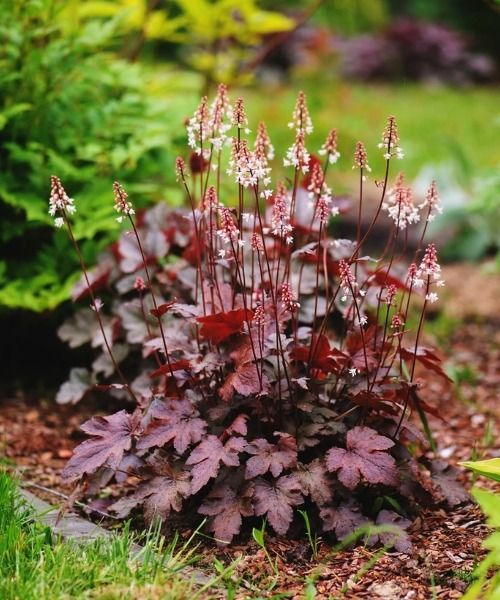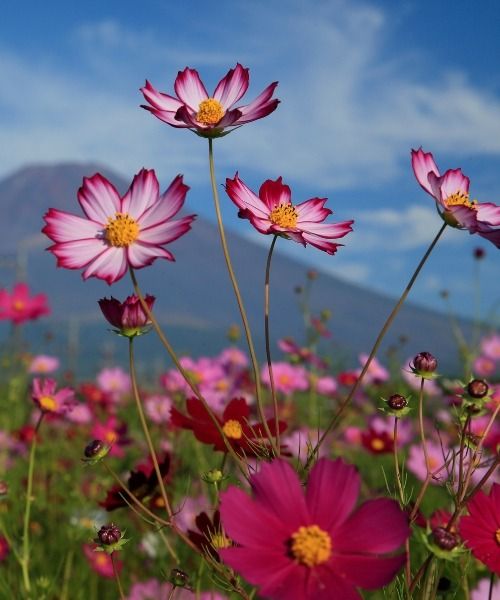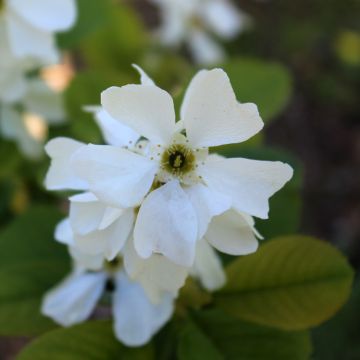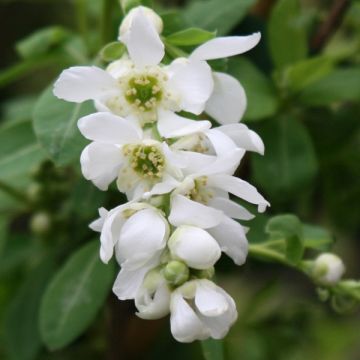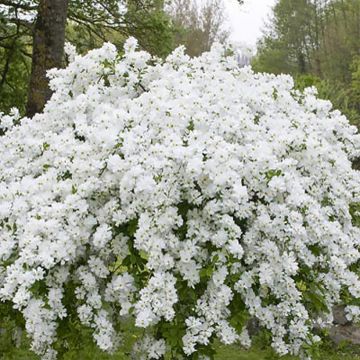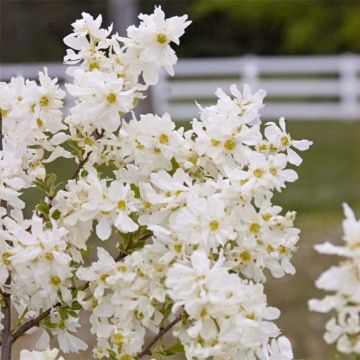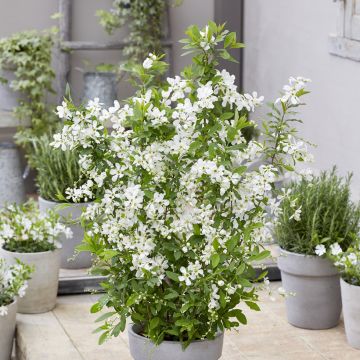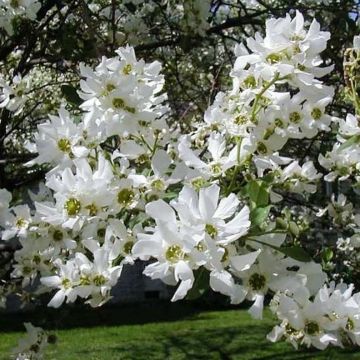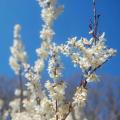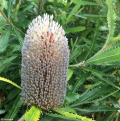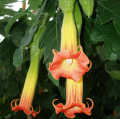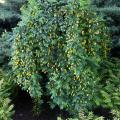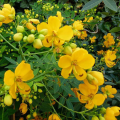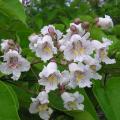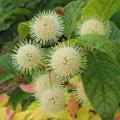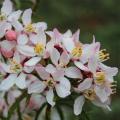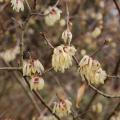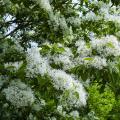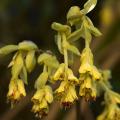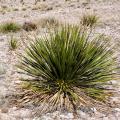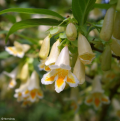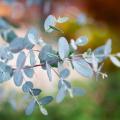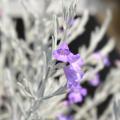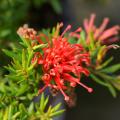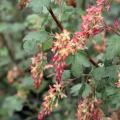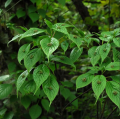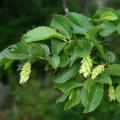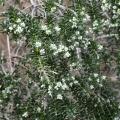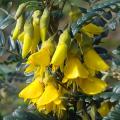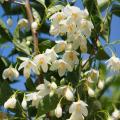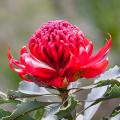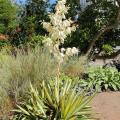Exochorda
Does this plant fit my garden? Set up your Plantfit profile →
Available in 1 sizes
Available in 2 sizes
Available in 2 sizes
Available in 1 sizes
Available in 1 sizes
Available in 1 sizes
Available in 1 sizes
The Exochorda, often called the Pearl Bush or Pearl Shrub, has become popular through the Exochorda macrantha 'The Bride', a lavish and floriferous hybrid created by Lemoine in 1900. Covered with round, white and pearly flower buds, it is one of the most beautiful shrubs for spring. Its flowering, abundant from March to May depending on the varieties and the climate, is short-lived, then it falls into a certain 'anonymity', where it remains almost eleven months out of twelve. But what splendour when it disappears under its snowflake-like flowers!
This genus of Asian origin, belonging to the large family of Rosaceae, has a few other interesting varieties and species: for example, in terms of hardiness, like the Exochorda racemosa, or for the gentle fragrance of their flowering in the Exochorda giraldii. The shrub takes it easy in the garden, disliking limestone in the soil and scorching exposures. If this proves to be true for the majority of them, there is at least one species with moderate growth, better suited to small gardens and tolerant of limestone soils, the Exochorda serratifolia, and in particular, its variety 'Snow White'. When the conditions are met, the Exochorda is a worry-free and resistant shrub that is as easy to grow as spring spirea and is water-efficient. It is ideal for free hedges, isolated specimens, and large shrub borders. It can also be grown in a container with a diameter of at least 50 cm (20in) and displayed on the patio.
Haven't found what you were looking for?

































